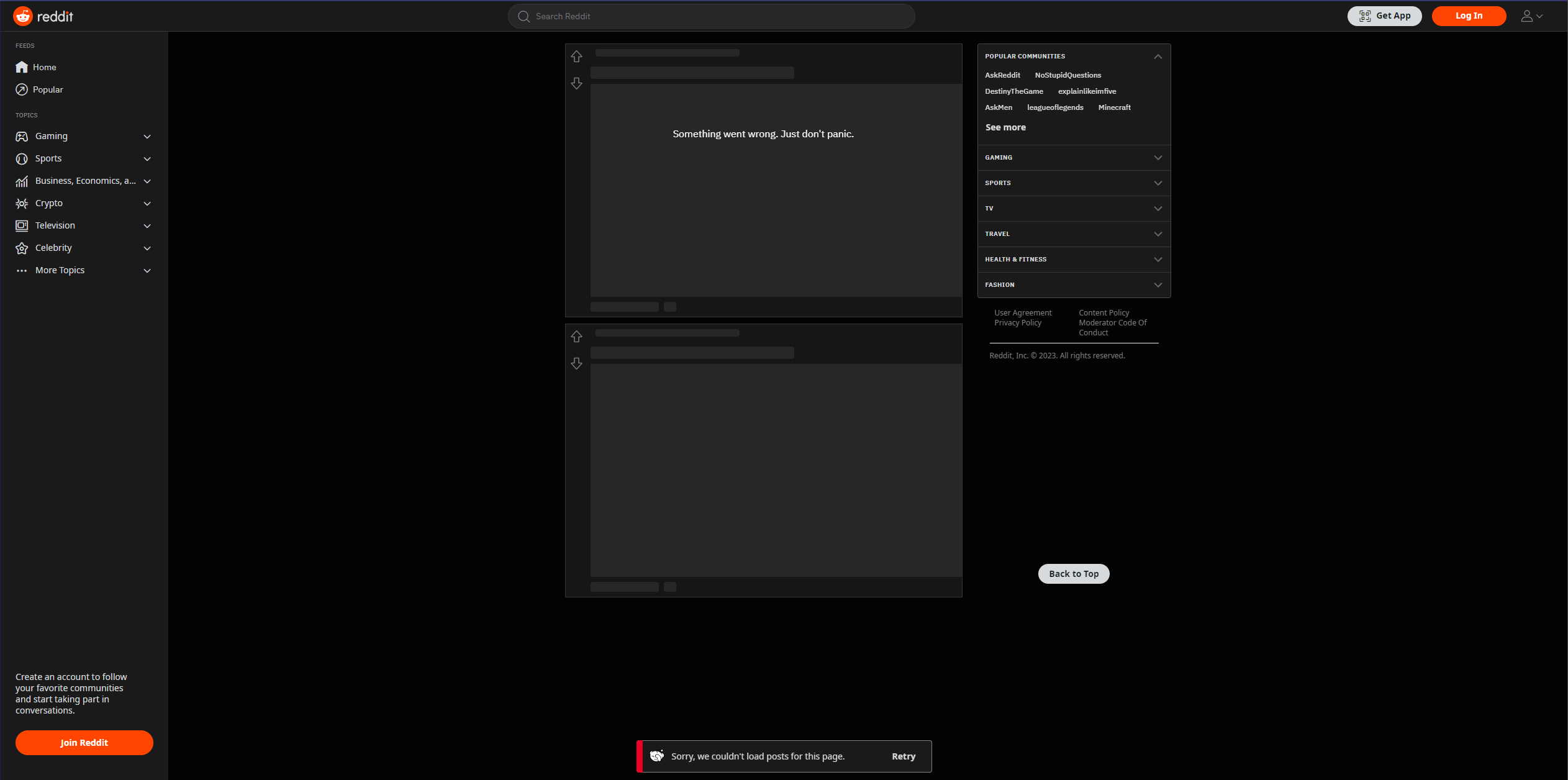

I should look into how to do that on my instance probably. Pictrs always seemed like a bit of a security nightmare.
(They/Them)
This is my main lemmy account.
Admin of lemmy.cloudhub.social
I can also be found elsewhere on the fediverse at @jax@cloudhub.social


I should look into how to do that on my instance probably. Pictrs always seemed like a bit of a security nightmare.


Yeah, this seems like old news - cookies can be stolen, and FIDO doesn’t change that unless you are prompting the hardware token for validation with every request (which isn’t feasible for most things, though might be a good idea for sensitive actions).


I disabled Pictrs around the time of CSAM attacks and have yet to bother enabling it again
Uhh… what?? When did that happen? I thought pictrs was a requirement also…


Huh, do you have your lemmy config documented somewhere? I keep running into issues with it and I’m not sure which component exactly is failing, but it’s annoying. I’m using this helm chart currently: ananace/lemmy It works, but I don’t have pict-rs setup in HA either.


They store the secrets in a file? Gross. What a poor way of handling that. Pretty sure environment variables would be more secure. Especially in Kubernetes.


Yeah, I used to host a Matrix instance - could do that for this one too.
The issue is more about setting up the Kubernetes manifests and templating them. I usually use the chart’s built-in postgres and redis config, though using an operator would make it more scalable for sure.
I’m using Authentik for auth, but I do also like Keycloak.


I’ve seen that around, but I prefer to run my own services instead of relying on a ready-built system like that. I find they don’t offer that much customization options usually.


I think both of the ones I mentioned have docker-compose files, which I think I can convert with kompose convert? I guess from there I would follow your steps and then start parameterizing it once it’s running properly.
Thanks! I think I’ll start trying out PixelFed tomorrow.


That’s actually super helpful! I haven’t done much custom Helm chart-ing, and was kinda lost where to start. That really helps break the process down, and the tip about skipping state to start is very wise.


Yeah, that’s the pain point - building and maintaining the charts.
Also, I know the charts likely wouldn’t have to be super complex, but I’m used to working with Bitnami’s charts that are massively complex - I just don’t have the time to go that in-depth.


Oh, I know I could get them to run with enough work. I just don’t have that much time to spend on initial implementation and upkeep of the charts.
I’m using FluxCD, which I believe can do deployments of plain Kubernetes manifests, but that still requires a decent amount of overhead to keep up to date.
Just because it’s not public facing doesn’t mean that it’s not an issue. It might be less of an issue, but it is still a massive vulnerability.
All it takes is one misconfiguration or other vulnerable system to use this as a jumping off point to burrow into other systems. Especially if this system has elevated access to sensitive locations within your network.


I’m on Kubernetes, but it’d be the same via Docker - a volume mount (iirc at the same place it stores local data if you don’t use S3, should be in the docs)


My instance has a couple users currently lol
I use Cloudflare for TLDs they support, and Namecheap for everything else. Though, I use Cloudflare’s DNS services for all domains.


The other point is, how do you know which instances to go after to delete any content anyways? I think there is a way to see a list of federated servers, but there’s no way to know which has your data.
In theory you could send a takedown request to each of them, but that doesn’t seem helpful


Reddit as a whole appears to be down right now lol

Currently using Nextcloud AIO and it’s pretty decent, though I’ve got 16 vCPU and 32 GB of RAM allocated to it right now, though it’s only using 10% CPU and ~7 GB of RAM at the moment.
I think it takes a while to warm up once you start adding data to it, especially depending on the plug-ins you add and amount of data.